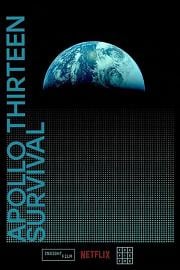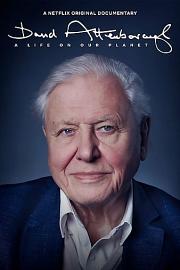
In the Womb: Multiples (2007)
In a world where most people are singles, identical twins capture our imagination, but what is most interesting to scientists is not their similarities, but their differences. Twins with very different physiology provide great research material for scientists because they can reveal facts about human characteristics, such as fingerprints, intelligence, disease and even the formation of sexual orientation. Twins are the closest thing to replicators in nature, and their same genetic structure is a wonder of human reproduction. The similarities between twins are staggering. Even identical twins who are separated from each other at birth tend to live very similar lives, do the same jobs and share the same tastes and hobbies. But there are also surprises in identical twins. Advances in genetic science tell us that identical twins are not as similar as we thought. Using cutting-edge 4D uterine ultrasound scans, scientifically accurate visual effects and specially photographed microscopic images, we will reveal unknown processes during the development of twin fetuses. After the formation of identical embryos, the two embryos will embark on different paths, absorbing nutrients or imbalance in developmental space, and the amount of hormone they are exposed to.
In a world where most people are singles, identical twins capture our imagination, but what is most interesting to scientists is not their similarities, but their differences. Twins with very different physiology provide great research material for scientists because they can reveal facts about human characteristics, such as fingerprints, intelligence, disease and even the formation of sexual orientation. Twins are the closest thing to replicators in nature, and their same genetic structure is a wonder of human reproduction. The similarities between twins are staggering. Even identical twins who are separated from each other at birth tend to live very similar lives, do the same jobs and share the same tastes and hobbies. But there are also surprises in identical twins. Advances in genetic science tell us that identical twins are not as similar as we thought. Using cutting-edge 4D uterine ultrasound scans, scientifically accurate visual effects and specially photographed microscopic images, we will reveal unknown processes during the development of twin fetuses. After the formation of identical embryos, the two embryos will embark on different paths, absorbing nutrients or imbalance in developmental space, and the amount of hormone they are exposed to.
720P
| Title | Download | Size | Publish |
|---|---|---|---|
| National.Geographic.In.The.Womb.Identical.Twins.720p.HDTV.x264-SomeTV [NO-RAR] - [ www.torrentday.com ] | 1.1GB | 3 Year ago |
Similar Movies
 The Times of Harvey Milk(1984)
The Times of Harvey Milk(1984)
 VHS Massacre Too(2020)
VHS Massacre Too(2020) Apollo 13: Survival(2024)
Apollo 13: Survival(2024) Wunderland(2024)
Wunderland(2024)
 Fados(2007)
Fados(2007) Who Is Harry Nilsson(2010)
Who Is Harry Nilsson(2010) Best of Enemies(2015)
Best of Enemies(2015) Queen Live in Budapest(2012)
Queen Live in Budapest(2012)